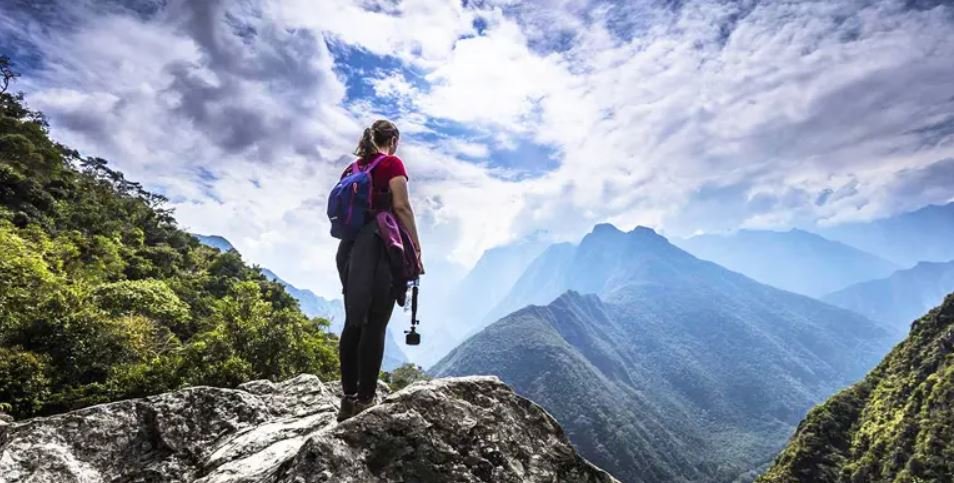The Inca Trail to Machu Picchu is more than a route; it is a portal that transports us through the majestic Peruvian Andes and connects us with the grandeur of the Inca civilization. This journey through time is not only a physical challenge, but also an immersion in history, where each step brings us closer to the essence of this fascinating civilization.
How long does the Inca Trail last?
The classic Inca Trail trek takes 4 days, covering approximately 42 kilometers. It is a journey that awakens not only the adventurous spirit, but also the curiosity for the archaeological sites along the route.
Archaeological Sites of the Inca Trail
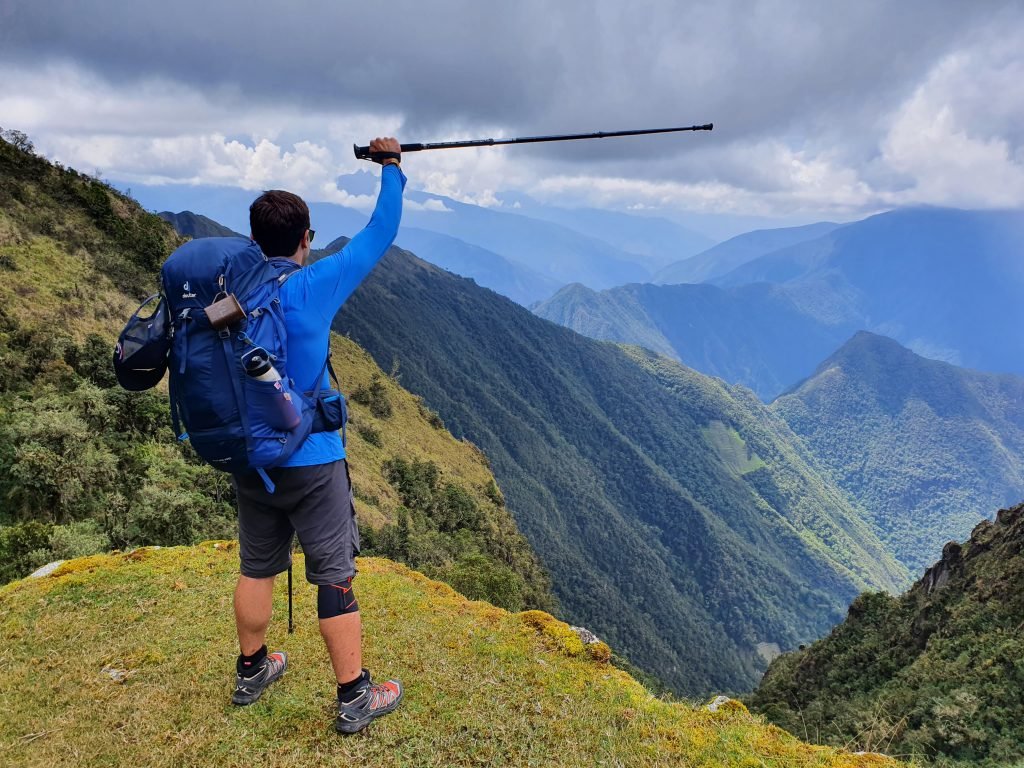
Llactapata: Town of the Terraces
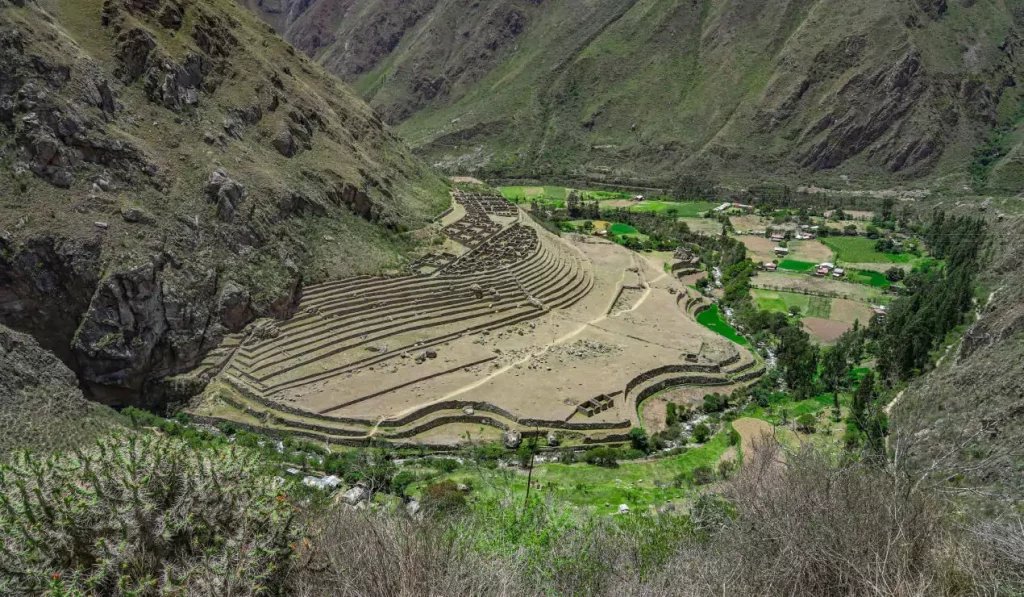
The first archaeological complex, Llactapata, at 2,840 m.a.s.l., reveals agricultural terraces and panoramic views of Machu Picchu and the Sacred Valley. Discovered by Hiram Bingham in 1912, this ceremonial and agricultural site controlled trade routes.
Runkurakay: Mound of Ruins
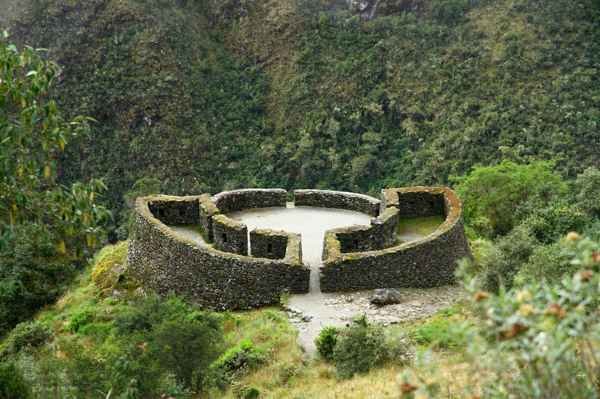
Located at 3,760 m.a.s.l., Runkurakay stands out for its unique circular architecture. Painstakingly restored, this checkpoint or observation point offers breathtaking views and a direct connection to Inca grandeur.
Sayacmarca: Inaccessible Village
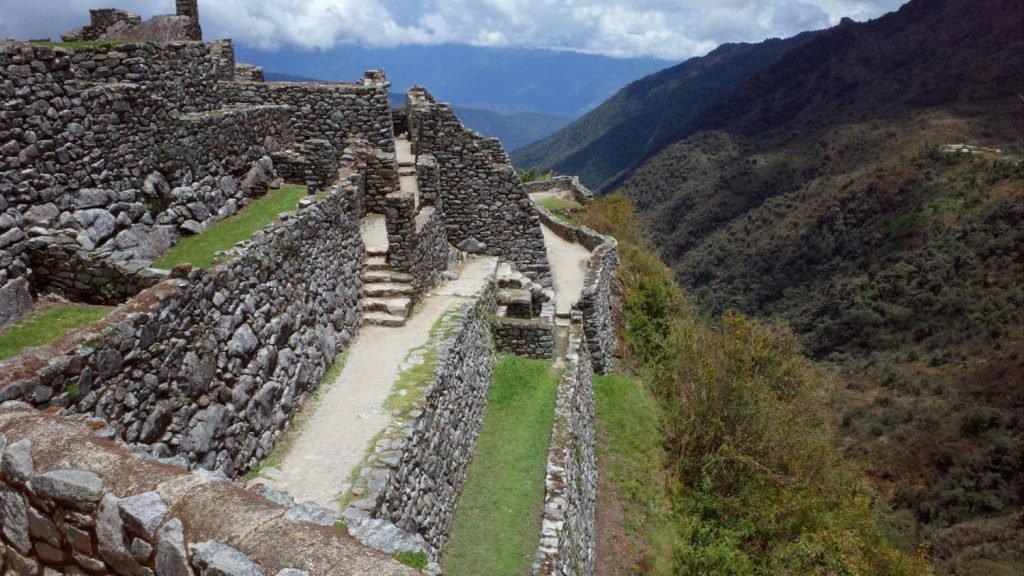
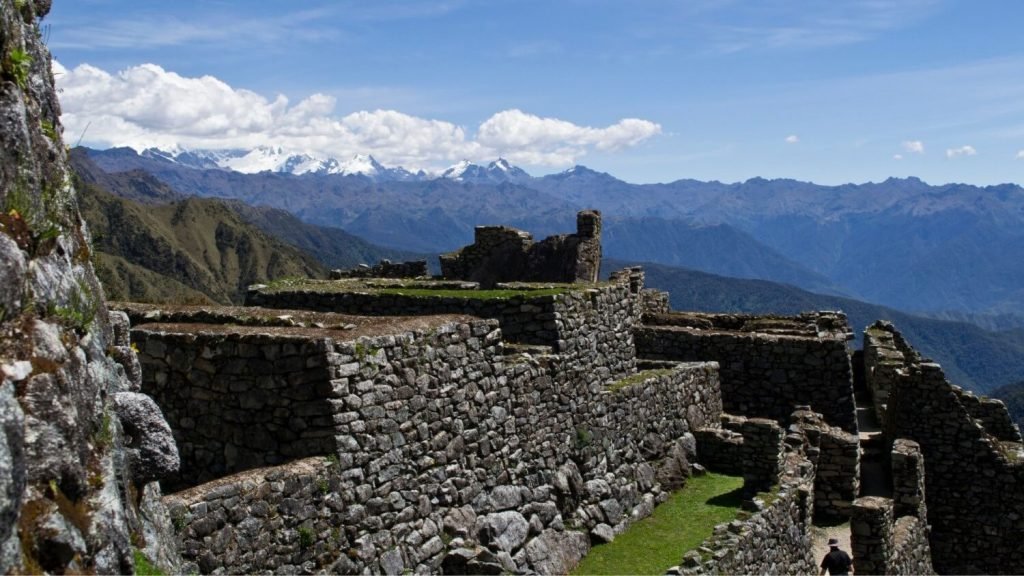
With a meticulous urban design, Sayacmarca at 3,600 m.a.s.l. is a citadel divided into the Temple of the Sun and the residential part. Discovered by Hiram Bingham in 1915, this testimony of Inca engineering is an essential stop.
Phuyupatamarca: City above the Clouds
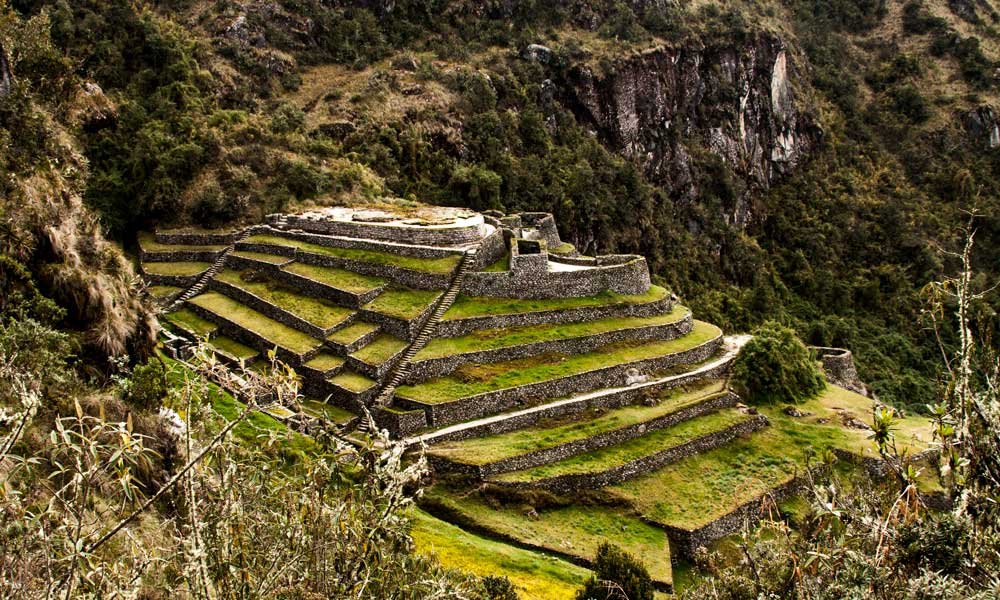
At 3,600 m.a.s.l., Phuyupatamarca stands as one of the highest archaeological sites. Its terraces and advanced hydraulic system offer a unique experience and unparalleled views of Intipata and Wiñay Wayna.
Intipata: Terrace of the Sun
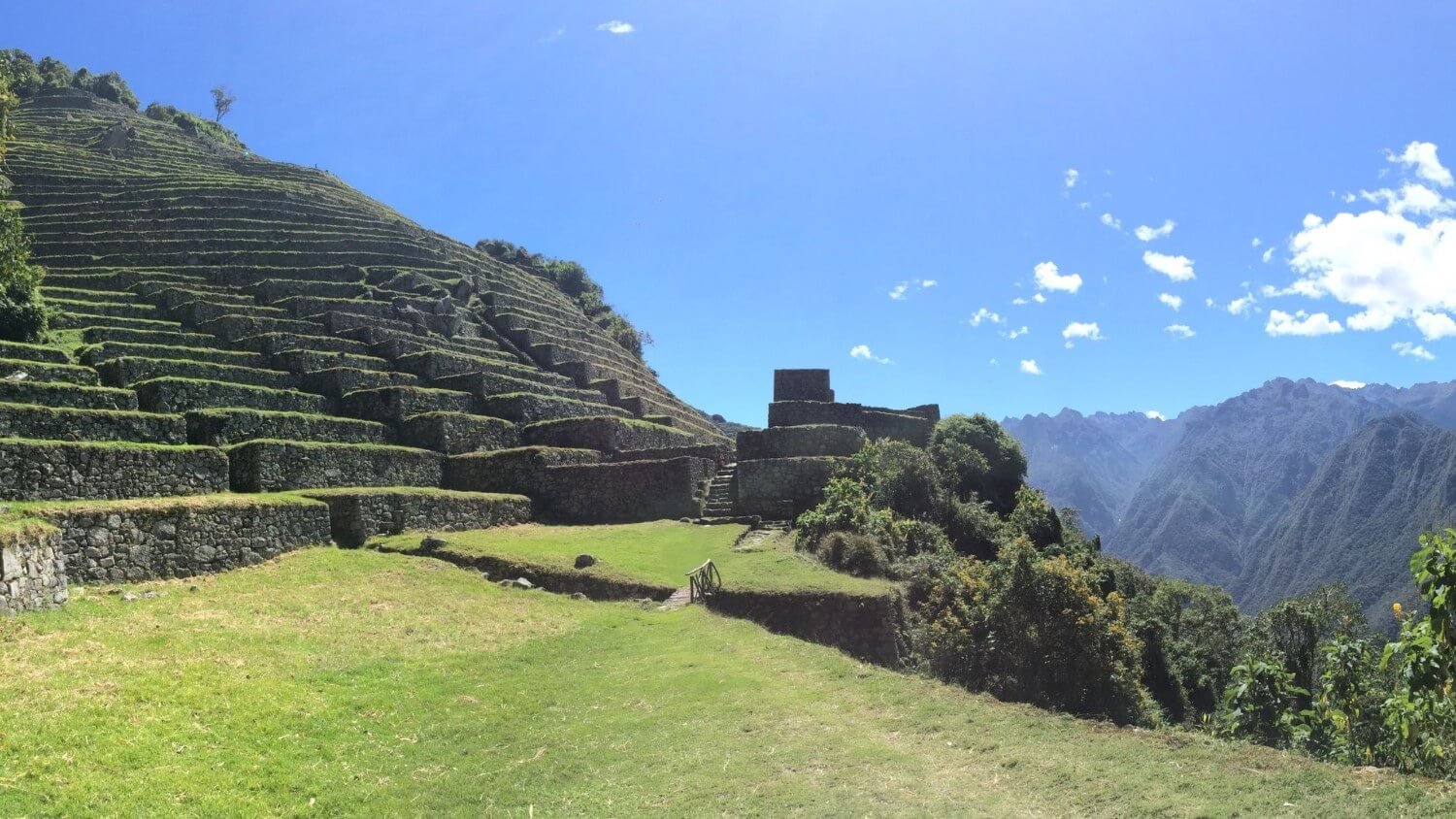
With steep terraces at 2,840 m.a.s.l., Intipata was a crucial control point. This archaeological site reveals the importance of Inca agriculture in mountainous terrain, highlighting the engineering skills of this civilization.
Wiñay Wayna: Forever Young
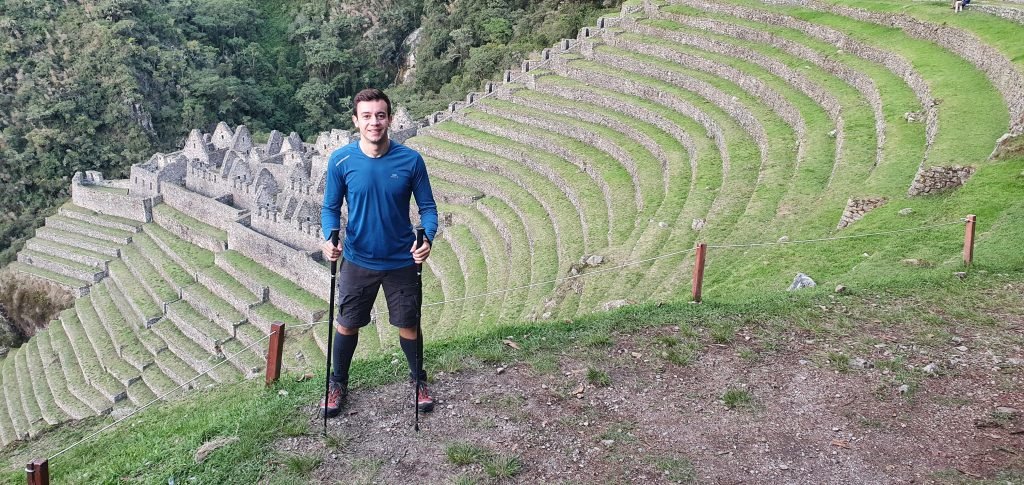
At 3,800 m.a.s.l., Wiñay Wayna, 4 km from Machu Picchu, was a ceremonial and agricultural center. Its well-preserved structures and agricultural terraces highlight the Inca skill in building on steep slopes.
Inti Punku: Gateway to the Sun
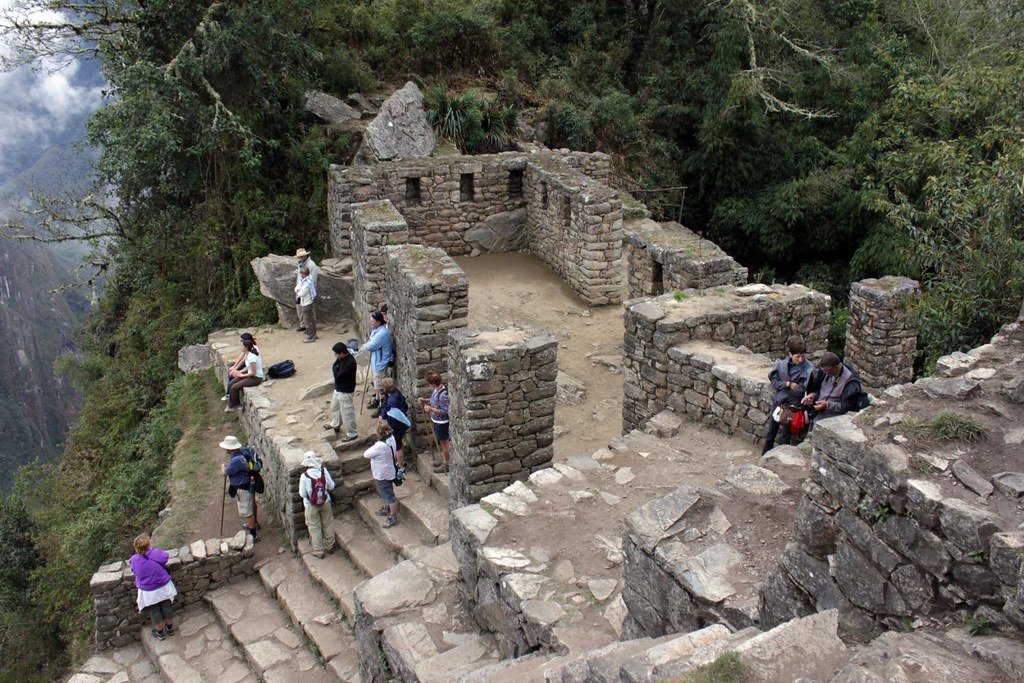
With breathtaking views of Machu Picchu, Inti Punku, the Sun Gate, is believed to have been a religious site dedicated to the Inca sun god. This 45-60 minute hike offers a unique perspective and magical moments at sunset.
Machu Picchu: Ancestral Genius
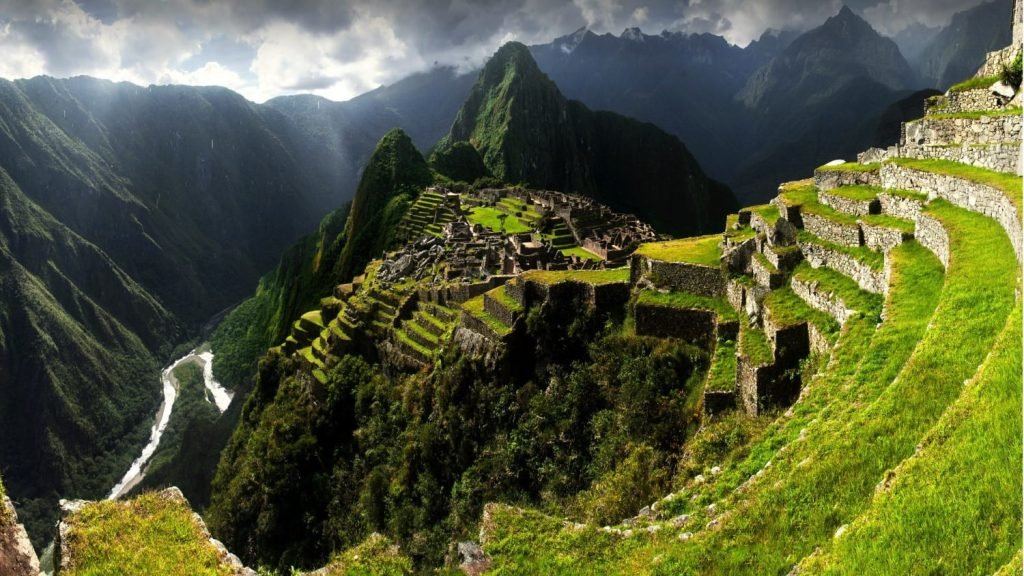
Classified as a World Cultural and Natural Heritage Site, Machu Picchu, 2,400 meters above sea level, remains an enigma. Temples, walls and precision in the construction of stones make it a historical and natural wonder.
Frequently Asked Questions about the Inca Trail
1) Where is the Inca Trail located?
The Inca Trail connects Cusco with Machu Picchu, starting at kilometer 82 of the Cusco-Aguas Calientes railway.
2) When is the Inca Trail closed?
Closed in February for maintenance, it is vital to check the exact dates of closure.
3) When is the best time to hike the Inca Trail?
During the dry season from May to September, it is ideal, but early booking is necessary due to limited permits.
4) Why is the Inca Trail popular?
Its combination of natural beauty, Inca history and the challenge of reaching Machu Picchu make it unique and mystical.
5) Do I need a guide?
Yes, an authorized guide guarantees the safety and preservation of the site.
6) Is the Inca Trail dangerous?
It is not considered dangerous in general terms, but precautions are essential for a safe experience.
Discovering the treasures of the Inca Trail is an experience beyond words. Each archaeological site tells a unique story, weaving the narrative of an extraordinary civilization.

